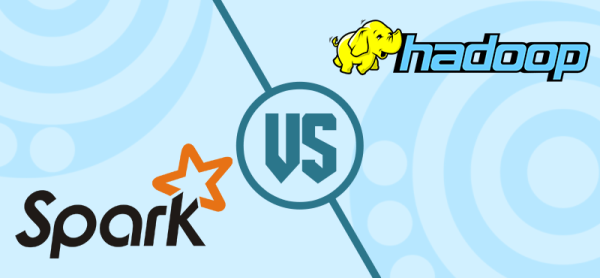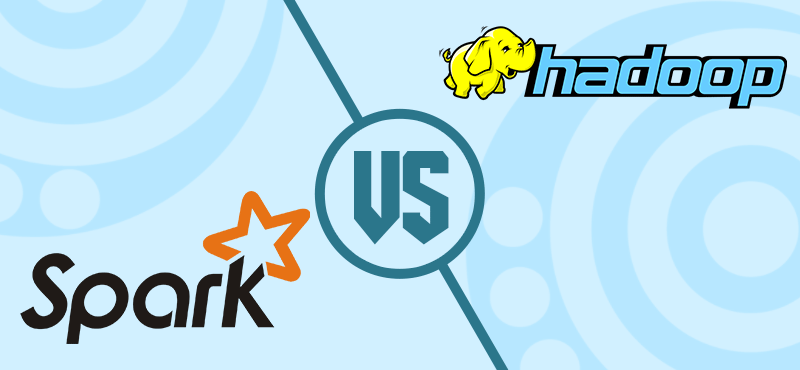Computers and science have long helped each other to reach different heights. However, technology takes on new challenges. More and more contenders spring up to take the challenge. Because of this, men and women created many platforms such as Apache Spark and Hadoop. Like Java and other languages, they have different features and abilities that are exclusive to each other. Still, this gives people a hard time choosing one over the other. Which is really better? Apache Spark or Hadoop?
It is best if you consult Apache Spark expert from Active Wizards who are professional in both platforms. You’ll see the difference between the two.

Apache Spark’s side
One good advantage of Apache Spark is that it has a long history when it comes to computing. It also is free and license free, so anyone can try using it to learn. Since many people try to use it, there is already a lot of documentation present. Because of this, if you encounter any problems, you won’t have any difficulty trying to solve them. What is more appealing is that it can run on many Operating Systems without much problem. Windows, Mac, Linux, and MacOS are just some which offer great support and reliability with the platform.
Despite these advantages, there seem to be some disadvantages, too. This platform does not offer a file management system on its own. You have to integrate it with others like Hadoop or other platforms. It also uses up a lot of memory. As such, you can expect some performance delays as you try to use the platform with other programs.
Hadoop’s side
The big advantage of Hadoop comes from the fact that it is very scalable. It can handle large amounts of data without compromising performance and reliability. Because of this, it is very cost effective despite the scale on which you operate. You do not have to downscale data and be content with low-quality data. Compressing data shaves off value in some of the information and therefore shifts the focus on generating quality data, to compressing it to fit the budget.
However, this platform also has its fair share of problems. It is written in Java, which means it presents problems regarding the vulnerabilities in Java programming. It cannot support reading small random files as it is made for big companies. It also has stability issues that even with a third party vendor does not guarantee complete functionality. It is best to keep the platform updated to avoid risks and malware than can put the whole business or company at the mercy of a ransomware attack.
Pitting them against each other
They both have their advantages and disadvantages. However, when you weigh them, they seem to be equal every step of the way. It is best to know what you need the platforms for. You should customize the way you use each to fit your needs. This way, you can develop and create according to your will. Both are good, both help out, but both need each other to function well.







